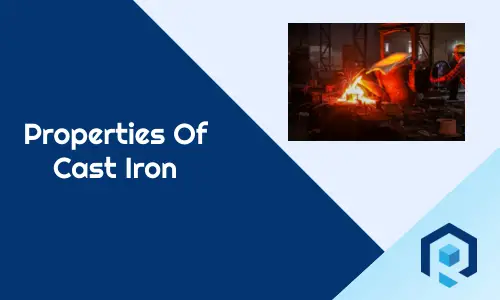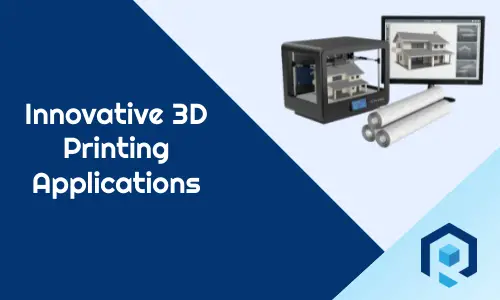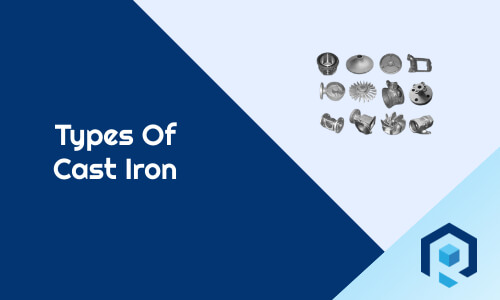Honing Process is an abrasive machining process used to improve the surface quality of parts and also to create the perfect geometric form. In this article, we will learn about honing process, its working principle, advantages, disadvantages, and applications.
What is a Honing Process?
Honing Process is a type of abrasive machining that combines the processes of grinding and drilling. A workpiece is accurately machined with an abrasive grinding tool during the honing process.
A process called “Honing” improves the surface quality of the workpiece and gives the part almost the perfect geometric form. The part to be machined is brought into contact with a moving abrasive stone, which makes the finished job accurate.
Honing is used in fields where both accuracy and appearance are important. CNC controls where the tool goes on the workpiece is usually done by the honing processes. A process called “honing” is often used to finish the holes in a workpiece.
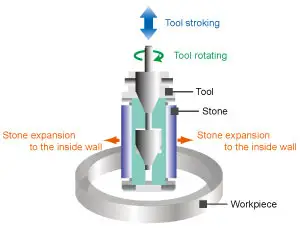
Features of Honing Process:
- This procedure is slow but accurate.
- Tolerance levels of as low as 2 microns are feasible.
- Cutting speeds are adjustable between 0.25 and 1 m/s.
- An angle of 60° to 90° is used for cutting.
- You can use it to make the hole round.
- One can hone both hard and soft materials.
- During honing, the pressure applied to the workpiece’s lateral surface area is between 1000 kPa and 2500 kPa.
Working Principle of Honing Process:
Honing is a micro finishing operation used to improve the geometry of a component. Abrading with bonded abrasive stones called hones. Honing is most commonly used for polishing circular holes.
The most common reasons to employ honing are to repair out of roundness, taper, tool marks, and axial distortion. Honing abrasives can be diamond, cubic boron nitride, aluminum oxide, or silicon carbide.
When honing by hand, the workpiece is passed back and forth over the rotating honing tool.
The stones’ strokes are so long that they rest on the end of the table after each pass. When honing, the workpiece is typically clamped in a fixture, and the tool is rotated slowly in a reciprocating motion for maximum precision.
The stones are given a motion that is both complicated and dynamic, consisting of a combination of rotation and axial oscillation.
As a result of combining these two actions, a cross-hatch lay pattern is produced. Depending on the design of the honing head, the stones may be cemented into metal shells clamped into the holder, or the stones may be cemented directly into the holders themselves. Coolants are critical to this procedure’s success since they are used to remove tiny chips and maintain consistent temperatures.
Types of Honing Process
Manual Honing
Manual Honing is not very popular. The hone keeps turning, and the workpiece is moved manually from front to back.
Machine Honing
When honing is done by machine, the hone moves in both circular and a back-and-forth motion, and there is less manual interaction.
Types of Honing Machine
Horizontal Honing Machine
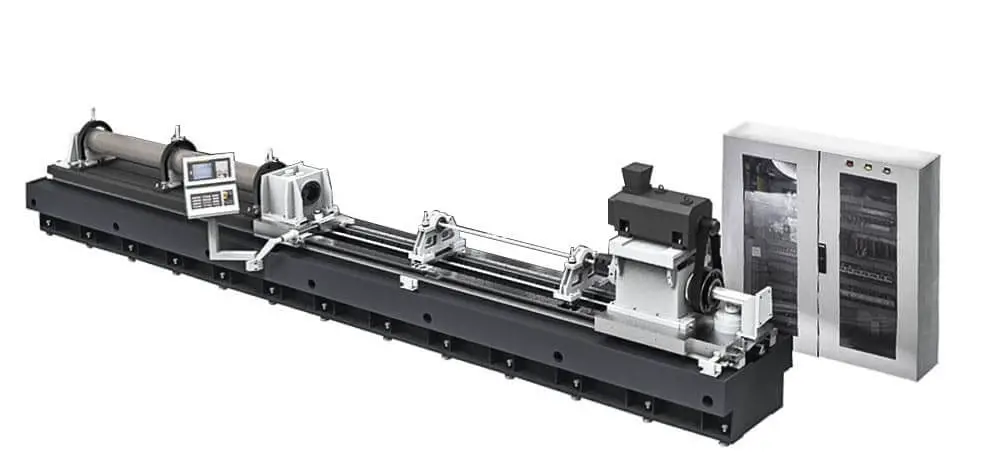
The parts of a horizontal honing machine are easy to put together. All parts or elements are put on the base, which acts as a platform. On one end is the tailstock, and on the other is the headstock. Between the Tailstock and the Headstock is where the worktable is attached.
In the horizontal plane, the worktable is free to move. The headstock and the tool are connected to the spindle. It moves the tool in the same way that the motor does. Fixtures are on the worktable to hold the piece in place.
Parts of Horizontal Honing Machine
Headstock: To control the rate at which a tool spins, a motor gear system is housed in a headstock.
Spindle: The spindle is the part that connects the motor and the tool.
Bed: The base of a vertical honing machine is the same as a bed. It is made of cast iron and works as a damper.
Column: The column is a part that helps hold up the headstock.
Fixtures: Fixtures hold the workpiece in place and limit its freedom of movement. The fixtures must be accurate for horizontal honing because the workpiece is being hit with much more force.
CNC: A computer numerical controller (CNC) is required for precision when performing horizontal honing. Human blunders may be reduced or eliminated.
Honing Tool: The most important part of the honing process is the honing tool. The honing process differs from grinding and drilling because it is done with a tool.
Tailstock: The part at the other end of the base is called the tailstock. It is used to hold up the piece of work.
Vertical Honing Machine
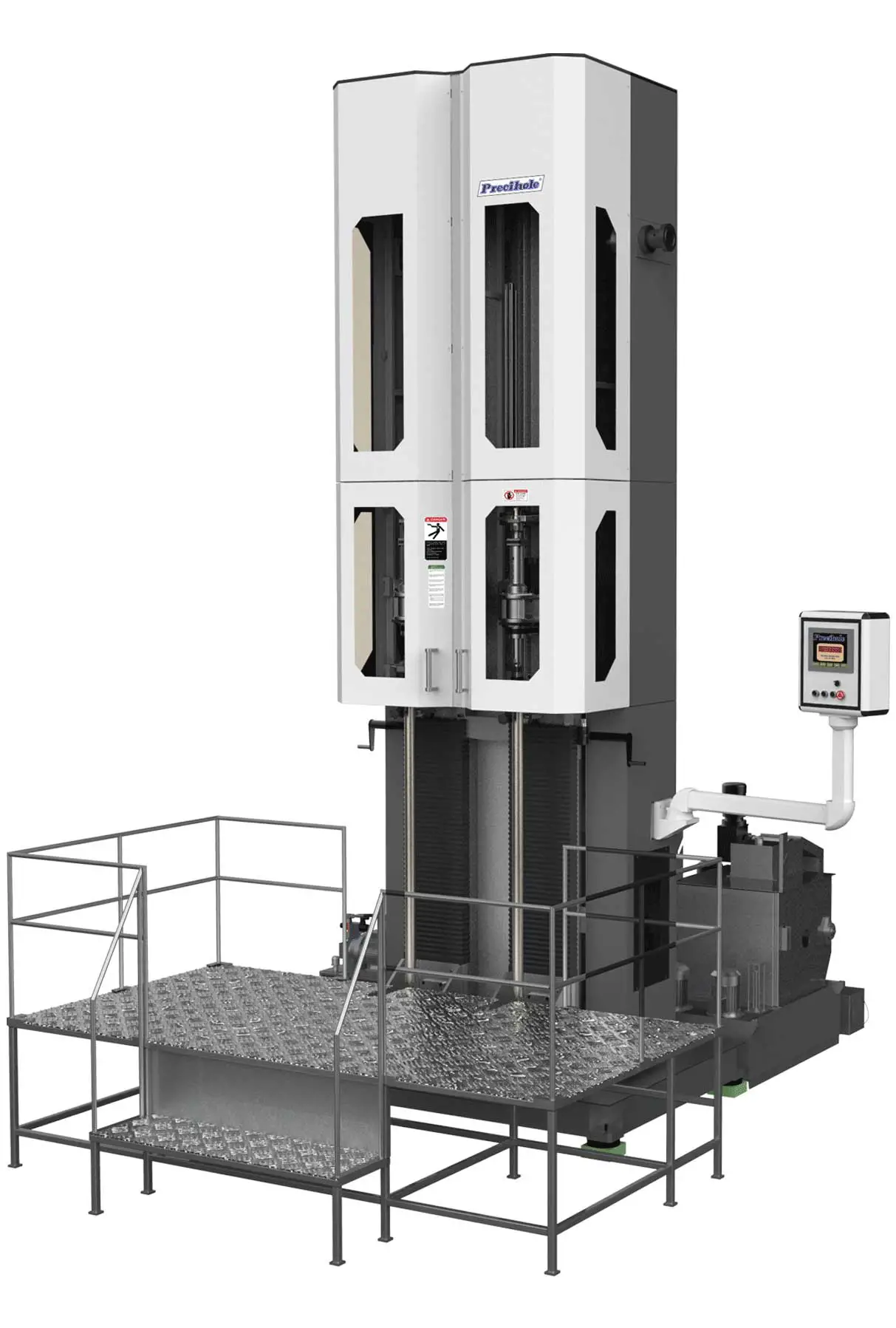
In this type of machining, both the tool and the workpiece are put in a vertical position. There are more types of spindles for these machines. The workpiece stays still while the tool turns. Fixtures are in place so the workpiece can be placed correctly. Modern machines use hydraulic drives to move and control tools and workpieces.
Most small jobs are better done on vertical honing machines. Compared to horizontal honing machines, these machines are used more often.
Parts of Vertical Honing Machine
Base: The base is the part that supports the rest of the honing equipment and keeps it in place. The cast iron base absorbs the most vibrations and keeps the equipment stable.
Guideways: The guideways allow the workpiece to be moved vertically.
Column: The column is the setup’s main supporting piece. A vertical column holds the motors, spindle, tool, and workpiece. It also connects different parts.
Spindle: A spindle is a device that connects the tool to the motor so that the tool can move in a rotating motion.
Fixtures: Fixtures are the devices that hold the workpiece in place. In the case of the honing process, the fixtures must be strong and rigid to meet the accuracy requirements of the honing process.
Worktable: Fixtures are placed on a worktable. It can move or be fixed.
Elevated Screw: The high screw is used to raise the height of the work table.
Support: A support element holds up the spindle and keeps it from breaking.
CNC: It does the same job as the horizontal honing machine
Honing Tool: The most important part of the honing process is the honing tool. The honing process differs from grinding and drilling because it is done with a tool.
Parameter of the Honing Process
The hole’s accuracy and surface finish mostly depend on several process parameters described below.
i) RPM of tool:
If the tool speed increases, the metal removal rate increases, and the surface roughness decrease.
ii) Abrasive selection
The choice of abrasive depends on how hard the workpiece is and how smooth you want the surface to be. As a tool, diamond is used on things that are very hard.
iii) Honing time:
If we increase the time it takes to hone, the surface roughness will go down for a while and then up again.
iv) Honing stick pressure:
The pressure of the honing stick is chosen to get the smoothest surface with the most metal removed.
v) Stroke Length:
The stroke length should be long enough to cover the whole working length.
Advantages of Honing Process
- The honing process is very accurate.
- Less complicated or inexpensive fixtures.
- It can be used for both long bores and short ones.
- The process of honing keeps the centerline of a bore or hole. During other finishing steps, the hole’s centerline could be changed.
- It can machine any substance, regardless of its molecular structure or hardness.
- Since the hone is driven by a central shaft, bending the shaft cannot cause tapered holes like it does when boring.
- The workpiece doesn’t need to be turned by power; there are no chucks, faceplates, or rotating tables needed, so there are no chucking or location errors.
- Honing has a large contact area and a slow speed compared to grinding or fine boring
Disadvantages of Honing Process
- The initial cost of the machine is high.
- The honing process only improves the inner surface of a hole or bore. It does not improve how straight the hole is.
- The honing process works best on ferrous materials and not so well on nonferrous materials.
Applications of Honing Process
- It can be used to finish crankshafts in cars.
- In the auto industry, gears are polished using the honing process.
- It is also used to finish the diameter inside IC engines.
- It can be used to make the holes more round.
- It is also used in production when hollow cylindrical bores must be finished to a high standard.
You may also like to read: Extrusion Process: Types, Working Principles, Advantages & Disadvantages

